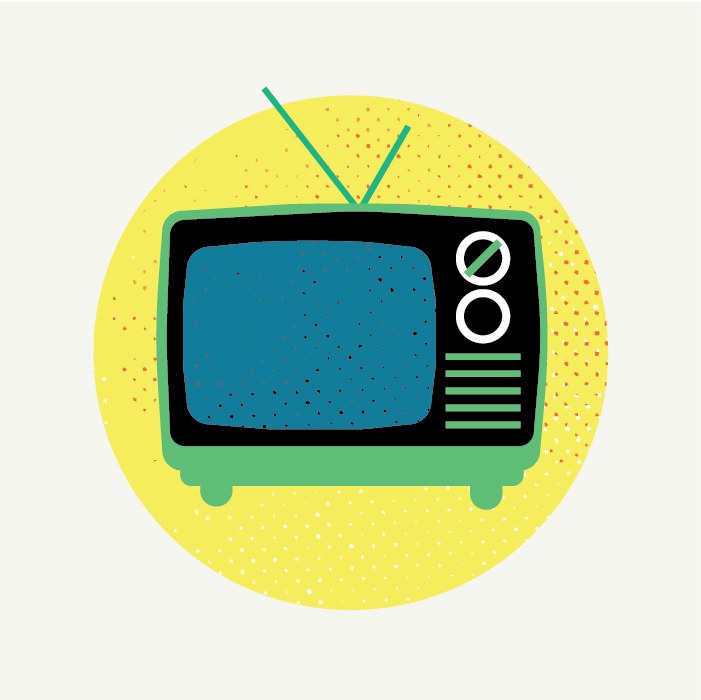Facebook Watch and the Emotion-Harvesting Future of Television
I spent a couple weeks watching the social network’s video channel. The shows there were very engaging … perhaps too engaging….

This story is part of a series on how we watch—from the delight of Netflix randomness to crappy captions on YouTube.
At some point during episode four of Sorry For Your Loss, I started to get the sense that the show had been deliberately engineered to trigger the same kind of sniffly-nose, hug-your-pet-closer sensation you might feel after reading a friend’s Facebook post about putting their dog down.
In fact, there were all kinds of pointed emotional threadlines in this show starring Elizabeth Olsen: death of a beloved spouse, love, loss, grieving, moving, troubled siblings, depression, addiction, and yes, the final days of a soulful floof. All compelling stories appeal to our emotions, of course, but Facebook is uniquely capable of twisting those threadlines into knots. As I watched, comments poured in alongside the program window. “The 4th episode made me ugly cry because I lost my 13 yr old Boston Terrier in 2015,” one viewer wrote.
This experience is Facebook Watch in a nutshell. And if you’re asking, “What’s Facebook Watch?” I wouldn’t be surprised. When I told friends I was watching Facebook Watch for a couple weeks, many said they had never heard of it.
And yet Facebook says that currently, a year after its global launch, more than 270 million people watch Watch videos monthly and around 140 million people watch them daily. Facebook has packaged its video metrics in, um, clever ways before, so I asked for more specifics. Basically, those monthly and daily numbers account for people who have visited the Watch tab or app and have spent at least one minute there. They might not actually be watching Watch but searching for something to Watch on watch. I mean, watch on Watch.
But this isn’t a story about Facebook Watch’s engagement numbers (murky), its long-term strategy for original video (unclear), or its minimum requirements for ads (creators need to have more than 10,000 Facebook followers and have generated more than 30,000 one-minute views on their videos). It’s not even really about content moderation, a huge and thorny issue for Facebook. (Facebook says its original programming pages are moderated by human beings who are intimate with the video content or show.)
This is about the act of watching Watch. It’s about diverting your eyes from Netflix or Hulu or YouTube or Twitter or Amazon, and instead giving your full attention, that hot but finite commodity, back to Facebook. Not only your attention but your emotions too.
Facebook Watch is a dedicated tab, a lens through which you’re supposed to view Facebook videos. Go to your browser, type in Facebook.com, look to the left, and below Newsfeed and Messenger you’ll see “Videos on Watch.” It’s also accessible via the Facebook mobile app, on Apple TV, and on Samsung smart TVs.
I check my Facebook account infrequently these days, but I had to put that reality aside as I reentered Big Blue’s atmosphere. I even re-downloaded the mobile app. And that’s exactly the goal: What better way to lure people back into conversation on Facebook than to draw them toward compelling video content, now with its own section on Facebook’s website? Never mind that I remain confused that WIRED’s editor-in-chief, Nicholas Thompson, appears in my Facebook Watch list along with a talk show series from the very famous Jada Pinkett Smith. They both make videos; therefore, they are a part of Watch.
Pinkett Smith’s show Red Table Talk, which she created, executive produces, and hosts, might be the ideal form of an original Watch series. It doesn’t just fire up the pilot light of Facebook comments, which appear alongside the program window. The show’s producers also source ideas for upcoming episodes from community members. “The hunch we had is that when you develop a more direct connection with the content, you’re able to develop a more direct connection with other people who like that content,” Matthew Hennick, Facebook’s head of content planning and strategy, told me. “We think we can make the entire life cycle of video more social, or socially powered.”




